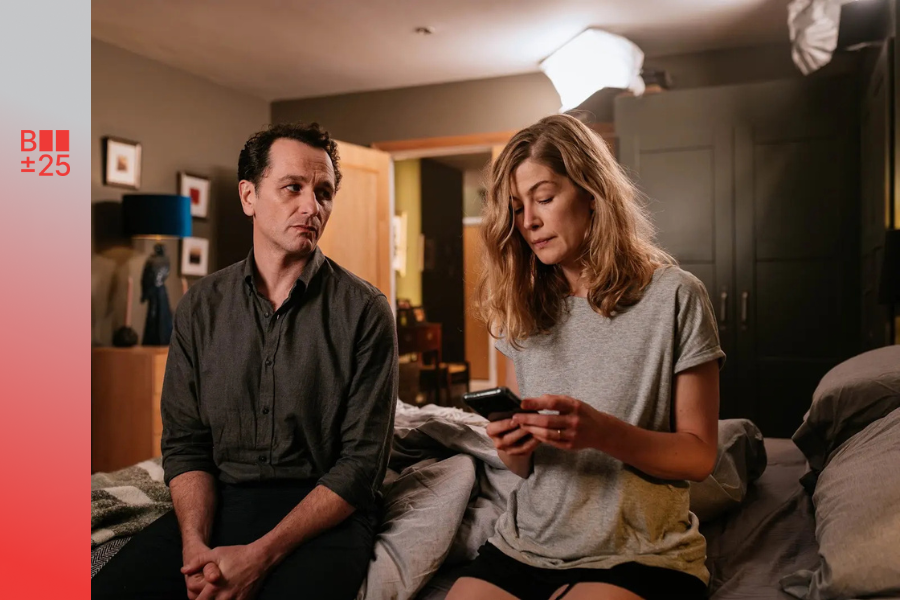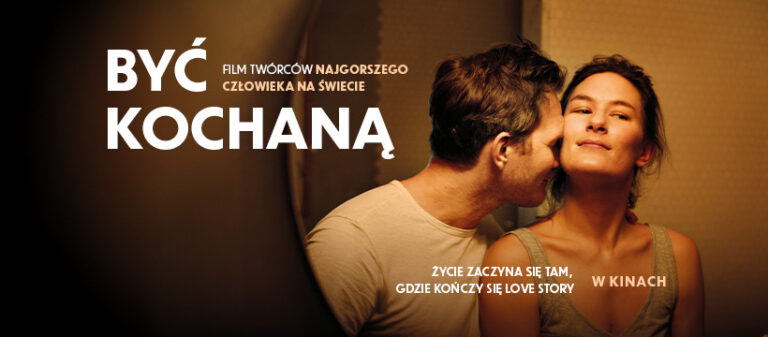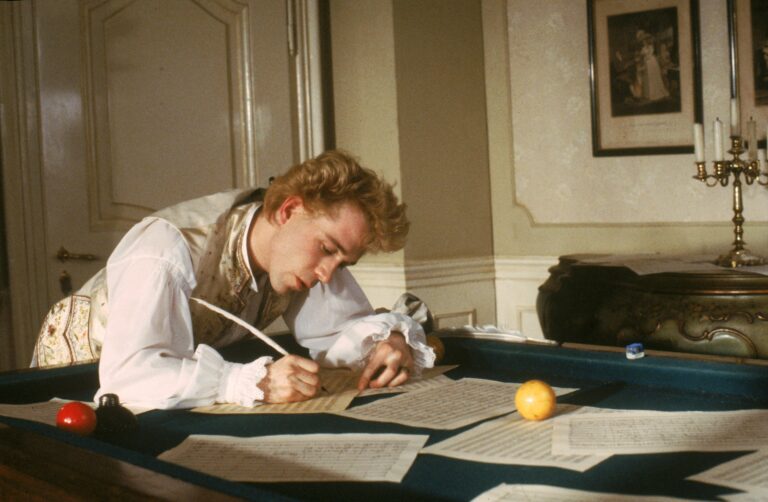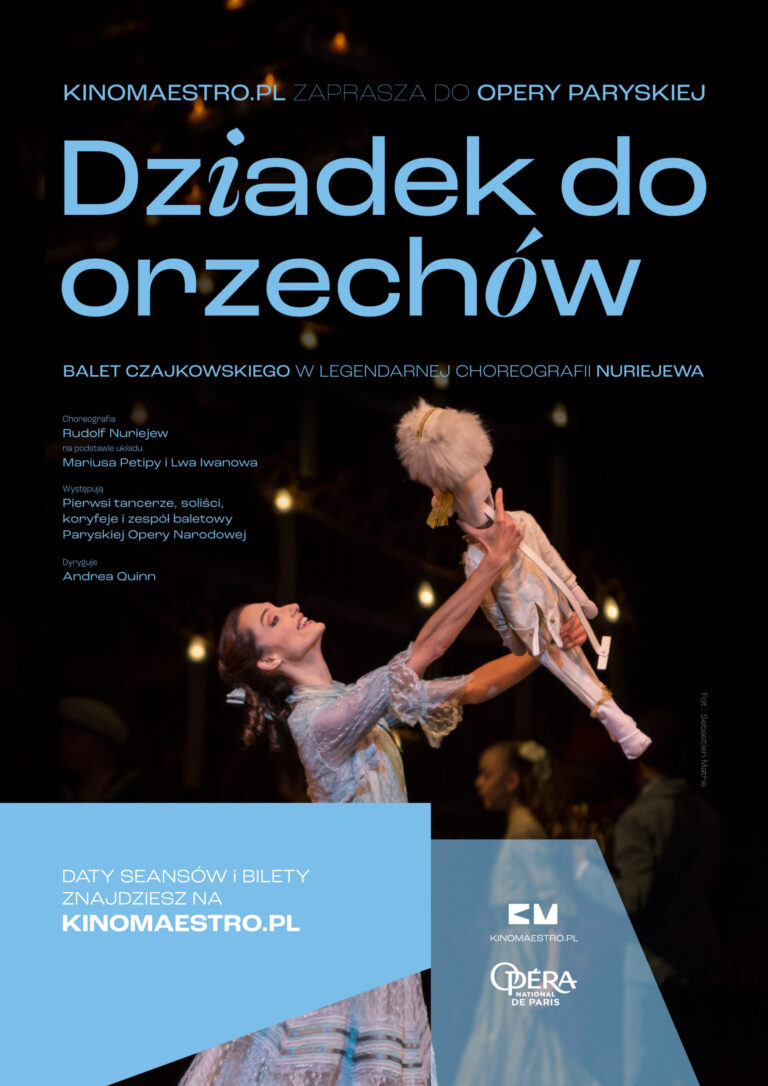
Oko obiektywu uważnie przygląda się pomieszczeniu. Suto zastawiony stół, a przy nim ani żywego ducha. Przygotowane potrawy ledwo ruszone. Stłuczone szkło na podłodze. Wszystko wskazuje na kłótnię. O co poszło? Maddie (Rosamund Pike) i jej męża Franka (Matthew Rhys) budzi telefon. Jest środek nocy. Dzwoni Alice (Megan McDonnell), ich córka. Z przerażeniem w głosie wyznaje, że właśnie spowodowała wypadek. Nie jest dobrze. Osoba, którą potrąciła, nie oddycha. Kobieta i mężczyzna natychmiast wsiadają do auta. Jadą do niej. Proszą jedynaczkę, żeby się nie rozłączała. Po drodze zastanawiają się, co robić. Ona, doświadczona ratowniczka medyczna, sugeruje, że trzeba powiadomić służby. On oznajmia, że jest gotów wziąć winę na siebie. Kolejna sprzeczka wisi w powietrzu. Kamera, która jeszcze niedawno z takim spokojem lustrowała ich dom, teraz pracuje na pełnych obrotach. Nie opuszcza samochodu. Jest bardzo blisko nich. Alice natomiast nie widać. Słychać ją, ale to, czego doświadcza, rozgrywa się poza kadrem. Napięcie rośnie z każdą minutą. Zegar tyka. Czas akcji zostaje zrównany z czasem ekranowym. Jak długo można pokonywać kilka kilometrów? HALLOW ROAD (2025) Babaka Anvariego, brytyjskiego reżysera o irańskich korzeniach, to kino, w którym prosta z pozoru historia przekształca się w klaustrofobiczną opowieść o macierzyństwie i ojcostwie oraz ich granicach. Twórca, sięgając po dość odważny koncept, zadaje prowokacyjne pytanie o to, jak daleko posuną się rodzice, by zapewnić bezpieczeństwo swoim dzieciom, a także o to, w jakim stopniu różnice zdań pomiędzy nimi wpływają na przyszłość potomstwa.
ENG
The camera’s eye studies the room in detail: a lavishly laid table, not a soul in sight. Plates barely touched, shards of glass scattered across the floor. Signs of an argument. But about what? A sudden call awakens Maddie (Rosamund Pike) and her husband Frank (Matthew Rhys). It’s the middle of the night. On the other end of the line is their daughter Alice (Megan McDonnell). Her voice trembles as she admits she’s been in an accident. It doesn’t sound good – the person she hit isn’t breathing. The couple immediately get in the car. They tell their only child to stay on the line. On the way, they argue about what to do. She, an experienced paramedic, insists they must call the authorities. He says he’s ready to take the blame himself. Another row hangs in the air.
The camera, which only moments earlier lingered calmly over their home, now moves restlessly. It never leaves the car, staying uncomfortably close to them. Alice, on the other hand, is nowhere to be seen. We can only hear her voice as her ordeal unfolds off-screen. The tension rises with each passing minute. The clock is ticking, the film’s duration mirroring real time. How long can it take to drive just a few miles?
HALLOW ROAD (2025), directed by British-Iranian filmmaker Babak Anvari, transforms a seemingly simple storyline into a claustrophobic exploration of parenthood and its boundaries. Through a bold narrative concept, Anvari poses an unsettling question: how far will parents go to protect their child? And to what extent do their conflicting instincts shape that child’s future?
Trzy małżeństwa, a każde z nich ma swoje problemy. Na tyle poważne, że wymagały specjalistycznej konsultacji i pracy w ramach terapii dla par. Żaden z bohaterów nie spodziewał się jednak oryginalnego pomysłu, na jaki pewnego dnia wpadnie ich psychoterapeutka.
Kobieta wyznacza spotkanie, na którym jednak sama się nie pojawia. Zostawia jedynie oczekującym na nią parom wskazówki, co mają robić i czego od nich oczekuje. Zdezorientowana początkowo szóstka bohaterów zaczyna ze sobą rozmawiać. Spotkanie zamienia się w coś w rodzaju terapii grupowej, w trakcie której na światło dzienne wychodzą kolejne brudy i wstydliwe dla każdej z par fakty. Nie może być inaczej, kiedy do przedyskutowania są tak poważne tematy, jak opieka nad dziećmi, obowiązki domowe, kariera, zazdrość czy seks. Wszystko to doprowadzi do nieoczekiwanego dla każdego z nich końca.
Nagrodzony na festiwalu w Maladze film Gerardo Herrero to klasyczna dramedy, czyli połączenie dramatu obyczajowego z komedią charakterów. Pełna podskórnych napięć oraz błyskotliwych dialogów opowieść daje duże pole do popisu starannie wybranemu przez reżysera zespołowi aktorów.
Reżyseria: Gerardo Herrero
Występują: Malena Alterio, Alexandra Jiménez, Fele Martínez, Antonio Pagudo, Eva Ugarte, Juan Carlos Vellido
„Być kochaną” – nowy film producentów „Najgorszego człowieka na świecie” – przewrotnie przypomina, że najważniejsza z miłości to ta, którą obdarzamy siebie samych. Czerpiąc z własnych doświadczeń, debiutująca w pełnym metrażu Lilja Ingolfsdottir stworzyła wielowymiarową opowieść o kobiecie, która po porażce pierwszego związku ma odwagę dać sobie drugą szansę. Wyróżniony aż pięcioma nagrodami na festiwalu w Karlowych Warach oraz niekwestionowany zwycięzca norweskiego odpowiednika Oscarów, „Być kochaną” urzeka empatią i szczerością w stawianiu pytań o miłość, bliskość i samoakceptację.
Maria (Helga Guren) wchodzi w kolejną relację z nadzieją na nowy początek. Wystarczy jedno spojrzenie i czuje się, jakby znała Sigmunda (Oddgeir Thune) całe życie, a namiętny romans szybko przeradza się w poważny związek. Historia w „Być kochaną” zaczyna się tam, gdzie kończy się większość love stories. Codzienność w patchworkowej rodzinie szybko ujawnia niespełnione ambicje, niewyrażone uczucia i sprzeczne potrzeby, które kumulują się w emocjonalną bombę – a ta pewnego wieczoru wybucha.
W „Być kochaną” przejrzy się wiele kobiet, które starają się pogodzić bycie partnerką i matką, bez rezygnowania z siebie. Empatyczny, ale stawiający na szczerość, pełen gniewu i łez, a jednak terapeutyczny film Norweżki proponuje głęboką refleksję nad tym, kim jesteśmy w relacjach i z czego rezygnujemy, próbując sprostać cudzym oczekiwaniom. „Być kochaną” pozwala jednak uwierzyć w kolejną szansę, widząc w kryzysie początek pięknej, nowej relacji: ze sobą.
Wielki geniusz. Szalona zazdrość. Niedościgłe widowisko. /
reż. Miloš Forman, USA (wersja kinowa)
Porywająca historia muzycznego geniusza Mozarta (Tom Hulce) i jego zazdrosnego przeciwnika Salieriego (F. Murray Abraham) to nagrodzony 8 Oscarami wielki spektakl Formana oraz jeden z najlepszych filmów kostiumowych w historii kina. W scenerii XVIII-wiecznego Wiednia rozegra się pełen pasji, gniewu i uniesień pojedynek między dwoma bohaterami, których dzieli prawie wszystko – poza miłością do pięknej muzyki. Epickie kino, wybitna ścieżka dźwiękowa, oszałamiająca opera, humor i trzymający w napięciu dramat: „Amadeusz” to widowisko na wszystkie czasy – i widowisko wszech czasów.
Odrestaurowany w 4K „Amadeusz” miał swoją repremierę w maju 2024 roku w Hollywood. Akademia Oscarowa przygotowała odnowioną cyfrowo kopię niedostępnej przez blisko ćwierćwiecze i uważanej za najlepszą wersji kinowej filmu.
Doznaj muzyczno-filmowego oświecenia.
Nowa odrestaurowana wersja 4K.
Dziadek do orzechów
Balet Piotra Czajkowskiego
w klasycznej choreografii Rudolfa Nuriejewa
Retransmisja z Paryskiej Opery Narodowej [Opéra national de Paris]
Prezentowany przez nas spektakl Dziadka do orzechów jest bardzo stary, a zarazem bardzo nowy. Powstał w Operze Paryskiej w 1985 roku, ale do dziś jest grany z wielkim powodzeniem, bawiąc i wzruszając kolejne pokolenia paryskich widzów. My zaprezentujemy wersję nagraną podczas bezpośredniej transmisji na żywo tego spektaklu do kin całego świata, która będzie miała miejsce w grudniu tego roku.
Autorem niedoścignionej choreografii tego barwnego przedstawienia jest nieżyjący już Tatar Rudolf Nuriejew, jeden z najwybitniejszych tancerzy XX wieku, który niedługo po swojej ucieczcie z ZSRR został dyrektorem zespołu baletowego Opery Paryskiej. Stworzył tu wiele baletów, które grane są w Paryżu do dziś. Nuriejew swoją wersję Dziadka do orzechów oparł na klasycznym układzie Mariusa Petipy i Lwa Iwanowa.
W wielu krajach nie ma Bożego Narodzenia bez gwiazdkowego spektaklu Dziadka do orzechów. Choć prapremiera tego arcydzieła odbyła się w Petersburgu w dniu Świętego Mikołaja, 6 grudnia 1892 roku, to tradycja gwiazdkowa towarzysząca temu baletowi powstała niemal pół wieku później, w Stanach Zjednoczonych. Choć dziś, inaczej niż za czasów Czajkowskiego, tytuł ten jest kierowany głównie do młodszych widzów, to nadal pozostaje jednym z najpoważniejszych arcydzieł klasycznego baletu.
Oparty na opowieści modnego wówczas fantastycznego pisarza E. T. A. Hoffmanna Dziadek do orzechów miał wykorzystywać zainteresowanie elit fantastyką. Tymczasem okazał się wspaniałym spektaklem familijnym. Mali widzowie odnajdą w nim baśniową historię małej Klary, która dzięki dobremu sercu i odwadze wyzwala spod czaru księcia zaklętego w dziadka do orzechów. Piotr Czajkowski napisał do tego baletu przepiękną muzykę, skrzącą się łatwo wpadającymi w ucho tematami i oryginalną orkiestracją (harmonika szklana naśladująca padający śnieg). Dodatkowym atrakcją jest udział dziecięcego chóru Śnieżynek.



